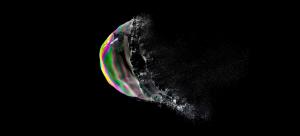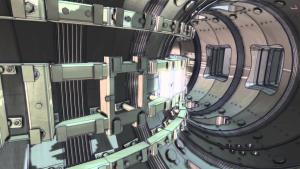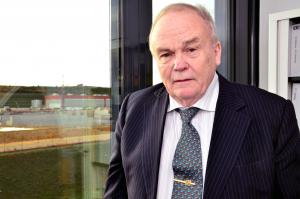What’s New
9 February 2015
ITER news digest for the period of 2 February 2015 to 9 February 2015.

Could bubbles lead to fusion?

"Now I can believe that ITER will be successful"




